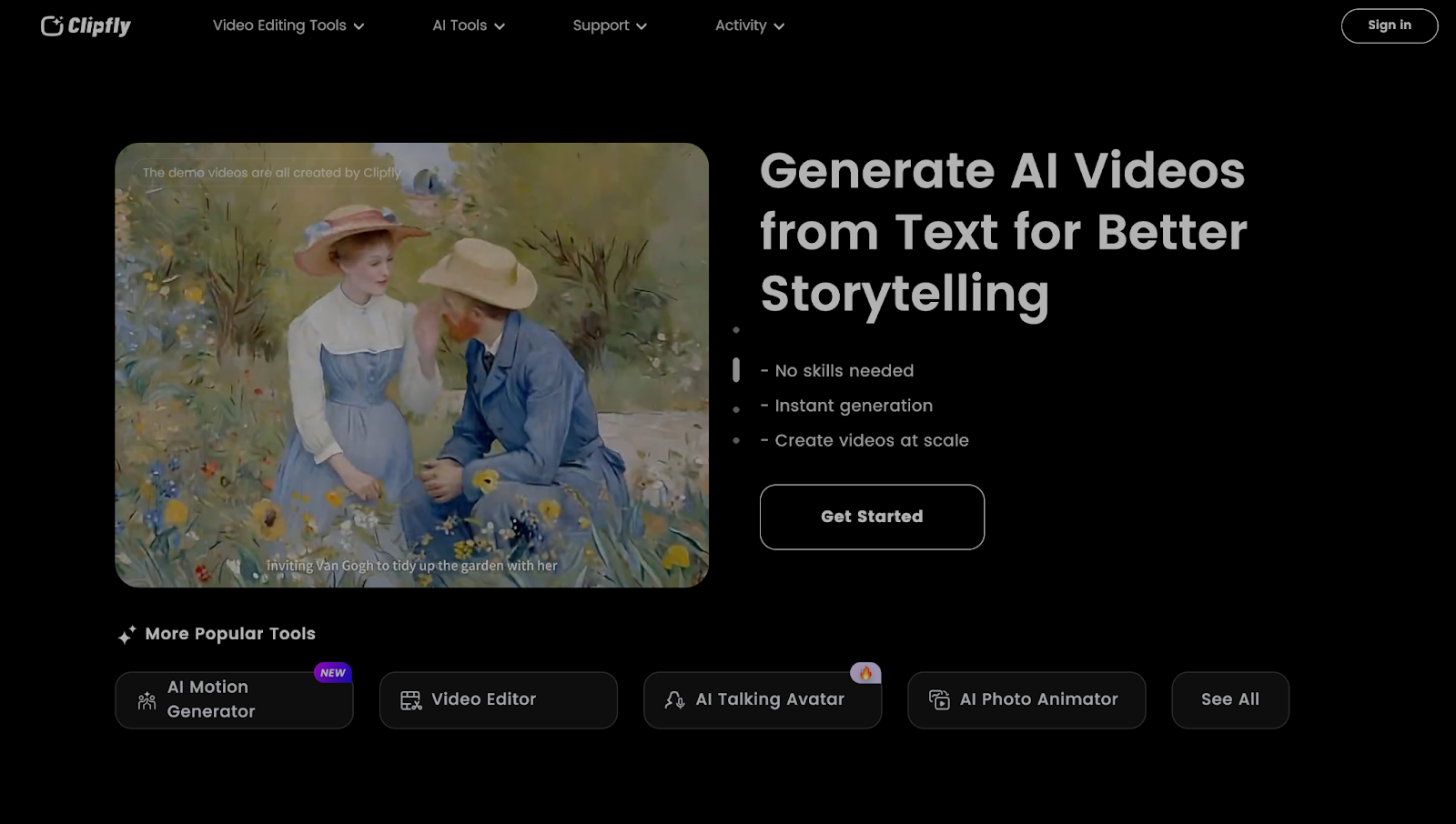By Albert Lie, Cofounder, Forward Labs
I shouldn't have to tell you that AI is everywhere, but as you know, it is. It's in our phones, it's in our cars, it's all over our social media platforms. You can't even compose a post on LinkedIn anymore without a friendly robot asking you whether or not you would like help improving it. C'est la vie, as they say, or maybe it's more like c'est le robot?
As you might also know by now, not all AI is the same. AI has many faces. There is so-called Smart AI, which is capable of doing in-depth, multi-step deep research using data found on the internet. This kind of AI might be familiar to you through any number of new platforms. OpenAI Deep Research and Gemini Deep Research are just two of these personal research assistants.
Caption: OpenAI released its Deep Research tool earlier this year. Source: OpenAI
There is also something called Accurate AI, which relies on state space models (SSMs). SSMs are elegant mathematical models that can accept inputs and produce outputs while maintaining an internal state. While Smart AI is contextual, exploratory, and able to surface hidden insights, Accurate AI based on SSMs is more of a workhorse. It's reliable, context aware, and precise. Think of Smart AI like a shrewd detective who can connect the dots, while Accurate AI is more like the accountant who has always been a math whiz and seldom if ever makes a mistake.
As you can imagine, when it comes to Smart AI versus Accurate AI, it's never an either/or kind of question. Rather, it's important to know where Smart AI's strengths and weaknesses are, and the same goes for Accurate AI. These are both different tools in your toolbox. They are both there to help out. Choosing the right tool is one the most important aspects of any job or project.
Smart and Accurate
In the shipping and logistics industry, AI is being used to reduce bureaucracy, wait times, and other issues that have long delayed operations. This includes using AI to support booking, procurement, and billing. It learns on the job, uncovering hidden shipment patterns and identifying new market opportunities. It's an excellent example of Smart AI put to good use --- working as a deep research tool, crawling multiple data sources and synthesizing information to provide contextual insights. A user could ask the platform which shippers increased their volumes in the Philippines last quarter, and the information would be delivered. This kind of contextual intelligence is essential for making better decisions.
But, as we all know, deep research is not always necessary and can even give you unrelated results. This is where Accurate AI is absolutely critical. Also in our business it has its place. Consider the processing of documents in logistics. You need a robust, fool-proof way to ensure that extracted data, such as invoice amounts and shipment terms, are 100 percent accurate.
State Space Models are able to achieve this as they process text sequentially. This means they can ensure accuracy even in the most complex documents. SSMs also are better at scaling, and in general use less memory and produce results faster, making them a strong tool to use.
When choosing the right AI, you just need to ask yourself the question: Do I need context and insights or consistency and precision? If the answer is more of the former, then using Smart AI for Deep Research is the better bet. If you need to process massive amounts of documents and need to be sure that the data is handled impeccably, choose Accurate AI for precise results.

Is it Possible to Combine Both?
By this point, you might be asking yourself, will it ever be possible to combine the best aspects of Smart AI and Accurate AI? Are hybrid models for complex applications the wave of the future? The answer, of course, is yes. In the case of the freight and shipping industry, imagine an AI platform that could use Deep Research to identify the best suppliers and SSMs to ensure the related contract details are correct. This is exactly what we are working on at Forward Labs.
Integrating Accurate AI into Smart AI will yield greater pay offs though. Everyone knows that a common issue with Smart AI is that, well, it's not so smart. These systems hallucinate or conjure up invented "facts." They misquote sources or recycle outdated information. The information is relayed back in a way that makes it sound like it's correct, but it might be a complete fabrication. This is not because of bad data inputs, this is because the transformers underlying Smart AI generate text based on statistical likeliness, not based on facts. It fills gaps with guesswork.
The integration of SSM-based architecture here could help to reduce these inconsistencies and hallucinations. By simulating how signals evolve over time, SSM-based architecture can retain critical facts while suppressing irrelevant or contradictory data. SSMs integrated to Accurate AI therefore could help the overall system avoid repeating misinformation and provide more coherent responses. Sources could also be checked and facts could be cross referenced too.
The Right Tool for the Right Job
The work to combine Smart AI and Accurate AI is going. Users of both should know the differences between the two and choose their approach judiciously. The next time you are choosing an AI solution, you should ask yourself, do I need a detective or an accountant? If you need a detective to dig up some information, then choose a Smart AI tool. If you need to bulk process loads of documents and the data needs to be flawless, then Accurate AI is your pick.
But also keep an eye on the field too. As SSMs are integrated into Smart AIs, the latter will only get better. All of those hallucinations will reduce and you will see better the emergence of structured memory, long-term contextual awareness and just better answers to your questions. I personally expect to see more of such AI tools built on both architectures, especially in areas where trust and accuracy are non-negotiable.
About the Author
Albert Lie is the Co-founder & CTO of Forward Labs, next-gen AI-driven freight intelligence for sales and operations. He previously was the Vice President at Spenmo (YC S20, YC Growth), a Singapore-based fintech that helped businesses better spend and manage their money. Albert was also a founding engineer and engineering lead at Xendit (YC S15), a B2B fintech that he helped steward from nascent startup to unicorn status. Born into a trucker family in Borneo, Albert splits his time between San Francisco and Seoul.
References
Brnakova, Jana (2025). "The smarter way to research with Google Gemini Deep Research." Revolgy.
Miror Abad, Aitor (2024). "LLM hallucinations 101: why do they appear? Can we avoid them?" Neptune.Ai.
Nishikawa, Naoki, et al. (2025). "State space models are proveably comparable to transformers in dynamic token selection." OpenReview.
Pitorro Hugo, et al. (2024). "How effective are state space models for machine translation?" ACL Anthology.
Vina, Abirama (2025). "The role of Deep Research models in AI advancements." Ultralytics.




